Introduction
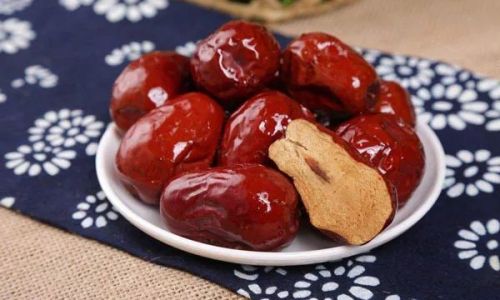
Fresh jujubes, also commonly known as Chinese dates or red dates, are a nutritious and delightful fruit enjoyed worldwide. Their sweet and slightly tangy flavor, combined with a crisp texture when ripe, makes them an excellent addition to various dishes and desserts. However, many people are unaware of the versatility of fresh jujubes beyond simply eating them raw. Cooking fresh jujubes can unlock a world of culinary possibilities, enhancing their natural sweetness and creating new textures and flavors.
In this comprehensive guide, we will explore various methods for cooking fresh jujubes, from simple boiling and steaming to more complex recipes incorporating jujubes into sweet and savory dishes. We will also discuss the nutritional benefits of jujubes, tips for selecting and storing fresh jujubes, and potential pitfalls to avoid when cooking with them. By the end of this guide, you will be equipped with the knowledge and skills to incorporate fresh jujubes into your culinary repertoire with confidence.
Nutritional Benefits of Fresh Jujubes
Before diving into the cooking methods, let’s first understand the nutritional benefits of fresh jujubes. These small fruits pack a significant nutritional punch, offering a range of health benefits.
-
Rich in Vitamins and Minerals: Fresh jujubes are a good source of vitamins A, C, and B-complex vitamins, as well as minerals like iron, calcium, and magnesium. These nutrients are essential for maintaining good health, supporting immune function, and promoting skin health.
-
High in Antioxidants: Jujubes contain antioxidants such as flavonoids and polyphenols, which help protect cells from damage caused by free radicals. This can reduce the risk of chronic diseases, including heart disease and cancer.
-
Good Source of Fiber: The high fiber content in jujubes aids in digestion and promotes regular bowel movements, which can help prevent constipation and other digestive issues.
-
Natural Energy Booster: With a moderate amount of natural sugars and a good balance of nutrients, jujubes provide a sustained energy release, making them a great snack for athletes or anyone needing a quick energy boost.
-
Supports Blood Health: The high iron content in jujubes can help prevent anemia by promoting healthy red blood cell production.
Incorporating fresh jujubes into your diet can be a delicious way to boost your overall health and well-being. Now, let’s move on to the cooking methods.
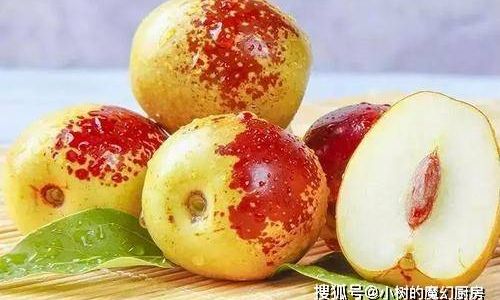
Selecting and Storing Fresh Jujubes
Before you start cooking, it’s important to know how to select and store fresh jujubes to ensure they are at their best when you use them.
Selecting Fresh Jujubes:
- Appearance: Look for jujubes that are firm and have a smooth, shiny skin. Avoid those with cracks, wrinkles, or spots, as these may indicate that the fruit is overripe or starting to spoil.
- Color: Fresh jujubes can range in color from bright red to dark brown, depending on the variety. However, they should all have a consistent color with no signs of discoloration or mold.
- Size: While size can vary, larger jujubes tend to be more mature and have a richer flavor. Smaller ones may be sweeter but less flavorful.
- Smell: Fresh jujubes should have a sweet, slightly tangy aroma. If they smell sour or have no odor, they may not be fresh.
Storing Fresh Jujubes:
- Refrigeration: To extend the shelf life of fresh jujubes, store them in the refrigerator in an airtight container or plastic bag. They will keep for about a week this way.
- Freezing: For longer storage, you can freeze fresh jujubes. Wash and dry them thoroughly, then place them in a single layer on a baking sheet and freeze until solid. Transfer the frozen jujubes to an airtight container or freezer bag and store for up to six months.
- Drying: If you prefer dried jujubes, you can dry them at home using a food dehydrator or oven set to a very low temperature. Dried jujubes can be stored in an airtight container at room temperature for several months.
Cooking Methods for Fresh Jujubes
Now that you know how to select and store fresh jujubes, let’s explore some cooking methods.
Boiling Fresh Jujubes
Boiling is one of the simplest ways to cook fresh jujubes. It softens their texture and brings out their natural sweetness, making them perfect for use in desserts, drinks, or as a healthy snack.
Ingredients:
- Fresh jujubes, cleaned and stems removed
- Water
- Optional: sugar, honey, or other sweeteners
Instructions:
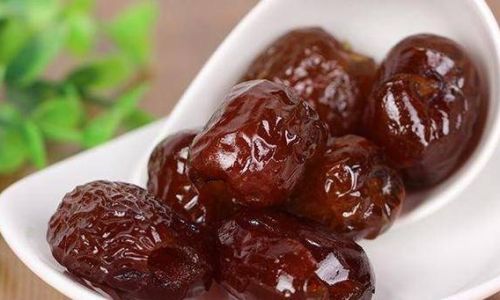
- Fill a pot with enough water to cover the jujubes and bring it to a boil.
- Add the jujubes to the boiling water and cook for about 10-15 minutes, or until they are tender but not mushy.
- If desired, you can add a sweetener like sugar or honey to the water during the last few minutes of cooking.
- Drain the jujubes and use them immediately in your recipe or let them cool and store them in the refrigerator for later use.
Steaming Fresh Jujubes
Steaming is another gentle cooking method that preserves the natural flavors and nutrients of fresh jujubes. It’s perfect for those who prefer a firmer texture than boiling provides.
Ingredients:
- Fresh jujubes, cleaned and stems removed
- Steamer basket or colander
- Water
Instructions:
- Fill a pot with water and bring it to a boil.
- Place the steamer basket or colander in the pot, making sure it does not touch the boiling water.
- Arrange the jujubes in a single layer in the steamer basket.
- Cover the pot and steam the jujubes for about 10-15 minutes, or until they are tender.
- Remove the steamer basket from the pot and let the jujubes cool slightly before using them in your recipe.
Roasting Fresh Jujubes
Roasting fresh jujubes gives them a caramelized, slightly smoky flavor that pairs well with both sweet and savory dishes. This method is perfect for those who enjoy a bit of crunch in their cooked fruits.
Ingredients:
- Fresh jujubes, cleaned and stems removed
- Olive oil or cooking spray (optional)
- Optional: spices such as cinnamon, nutmeg, or cardamom
Instructions:
- Preheat your oven to 375°F (190°C).
- Line a baking sheet with parchment paper or aluminum foil.
- Arrange the jujubes in a single layer on the baking sheet. If desired, lightly coat them with olive oil or cooking spray to help them roast evenly.
- Sprinkle with spices, if using.
- Bake for about 15-20 minutes, or until the jujubes are golden brown and slightly crispy.
- Remove from the oven and let them cool slightly before using them in your recipe.
Poaching Fresh Jujubes
Poaching is a gentle cooking method that uses simmering water to cook the jujubes slowly, preserving their shape and texture while infusing them with flavor.
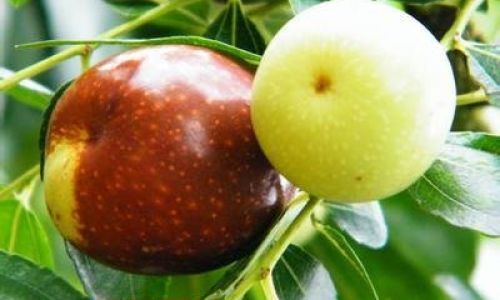
Ingredients:
- Fresh jujubes, cleaned and stems removed
- Water
- Optional: flavorings such as vanilla extract, cinnamon sticks, or star anise
- Optional: sugar or honey
Instructions:
- Fill a pot with enough water to cover the jujubes and add any desired flavorings. Bring the water to a simmer.
- Add the jujubes to the simmering water and cook for about 10-15 minutes, or until they are tender.
- If desired, you can add a sweetener like sugar or honey to the water during the last few minutes of cooking.
- Remove the jujubes from the poaching liquid using a slotted spoon and let them cool slightly before using them in your recipe.
Making Jujube Syrup
Jujube syrup is a sweet, tangy condiment that can be used to flavor drinks, desserts, or even savory dishes. It’s easy to make and can be stored for later use.
Ingredients:
- Fresh jujubes, cleaned and stems removed
- Water
- Sugar (the amount will depend on your taste preference, but generally, a 1:1 ratio of sugar to jujubes works well)
- Lemon juice (optional, for added tanginess)
Instructions:
- In a large pot, combine the jujubes, water, and sugar. The water should just cover the jujubes.
- Bring the mixture to a boil over medium-high heat, stirring occasionally to prevent the sugar from sticking to the bottom of the pot.
- Reduce the heat to low and simmer the mixture for about 30-45 minutes, or until the jujubes are very tender and the syrup has thickened slightly.
- If desired, you can add a squeeze of lemon juice to the syrup during the last few minutes


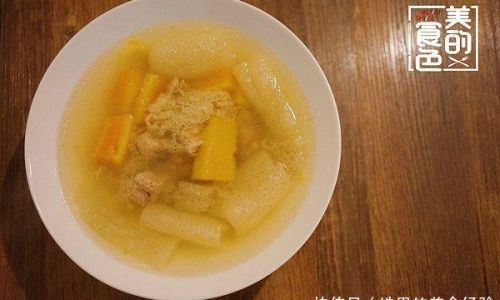
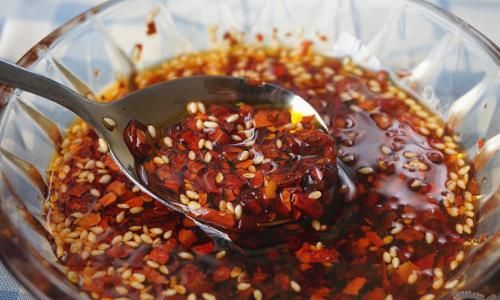

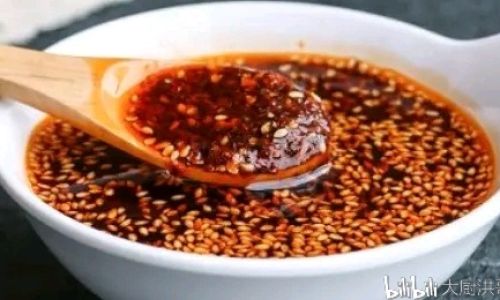
0 comments